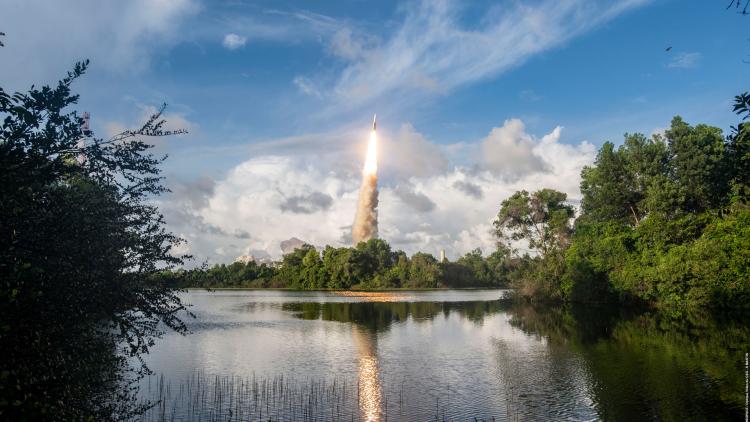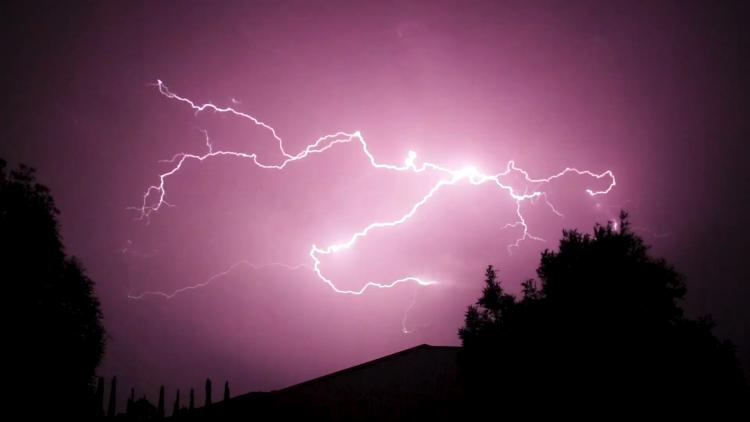Serving the users
Meet Sean Burns, one of many behind the Meteosat Third Generation mission
Now that the first of the Meteosat Third Generation satellites has begun its journey through space, we’re continuing to shine a spotlight on some of the experts who are making this mission happen
These people include those in the national meteorological and hydrological services of EUMETSAT member states, researchers, and private users, many of whom access the data on their own receiving dish through the EUMETCast system.
“One of the important parts of my job is to maintain very close contact with our users, making sure that their requirements and wishes are met as best we can. I’ve worked in operations at EUMETSAT since 1995 and have been part of the introduction of many new systems –Meteosat Second Generation, the EUMETSAT Polar System, the Sentinels – so I’ve experienced a lot at different levels in the organisation. Now, as a director, I have a better view than I did before of what the outside world is looking forward to from the Meteosat Third Generation,” he said.
“People are very interested in the Lightning Imager aboard the MTG-I1 satellite, launched in December. The Lightning Imager is a brand new instrument for Europe, and will enable users to provide more precise forecasts of severe thunderstorms. People are also really looking forward to the data that will come from the sounding instruments aboard MTG-S1, scheduled to be launched next year.”

With MTG-I1 safely in its target orbit 36,000km above the equator, the satellite is now in the commissioning phase during which the instruments are switched on, calibrated, and tested in-orbit.
“We just turned on two instruments: the Lightning Imager and the Flexible Combined Imager (FCI), and we also started with the outgassing of the FCI – basically, heating up the instrument to get rid of all the contaminants that got into it during the launch, which is a normal activity,” Burns said. “Our operations teams are working closely together with the programme teams to build up experience in operating the space and ground systems, debugging when necessary, and then work on getting products ready for delivery to the users.”
The process of getting products – processed datasets – from a new satellite mission to those who use the data is easier said than done. This has to do, in part, with the complexity of the instruments’ sensors, and the associated complexity of the data processing and product production facilities. Although the satellite is in geostationary orbit, it does move throughout the day, as a result of solar pressure and gravity from the Sun and Moon.
“The FCI can be thought of a camera, albeit a very sophisticated and capable camera,” Burns said. “You’ve got to say OK, does this camera really reflect what you’re seeing on the Earth? You can imagine holding a camera and it’s a bit wobbly. It hasn’t quite got the right colours compared to what you can see in reality, so you have to tune it. This processing is performed on ground, and we involve a wide range of scientists to ensure that the pictures are eventually ready for distribution to the wider community.
“Then we start producing products, for example using consecutive images and looking at specific clouds, you can work out their direction and speed. It takes quite some time to make sure the whole image is correct and is able to be used.”
Although for many the successful launch of MTG-I1 was enough reason to celebrate, Burns is holding off on celebrating until reaching another milestone.
“I’ll be happy when the data and products get to the users at the end of the year and that they’re satisfied with them. That’s when I’ll raise a small glass,” he said.
Author:
Sarah Puschmann


